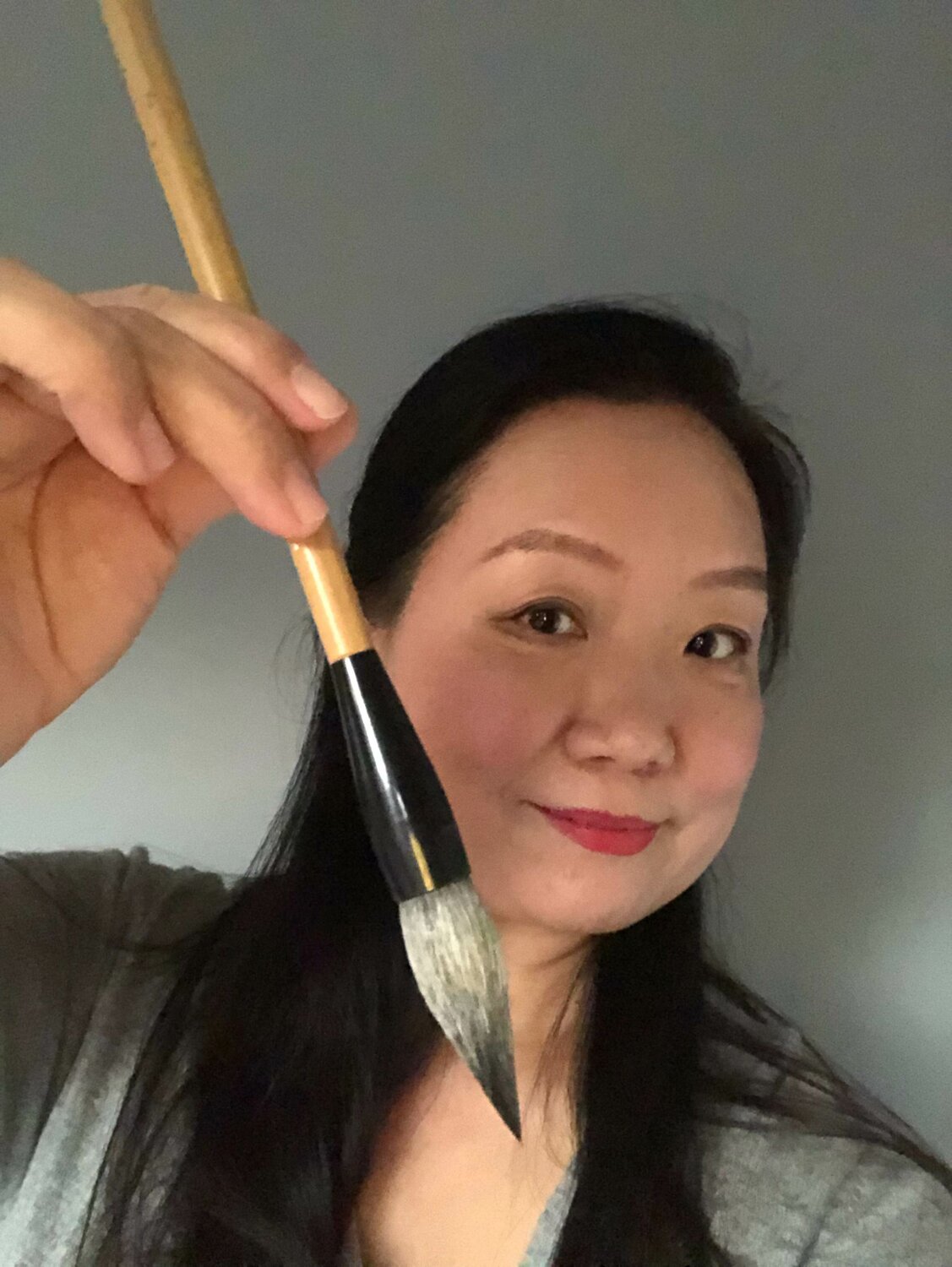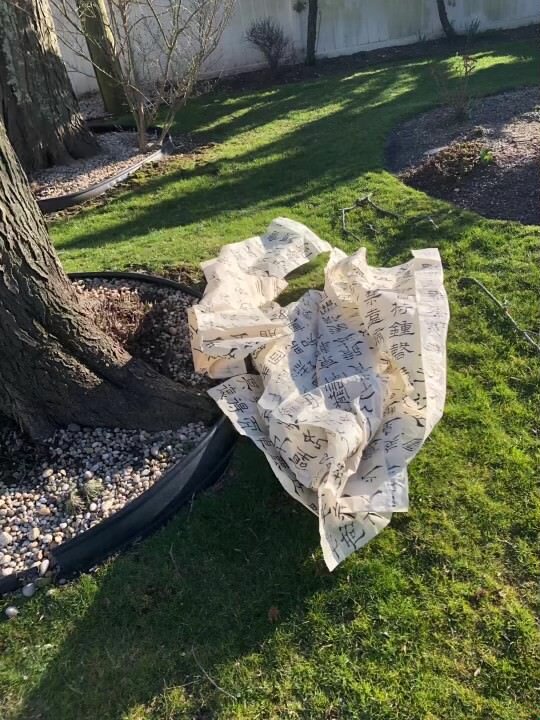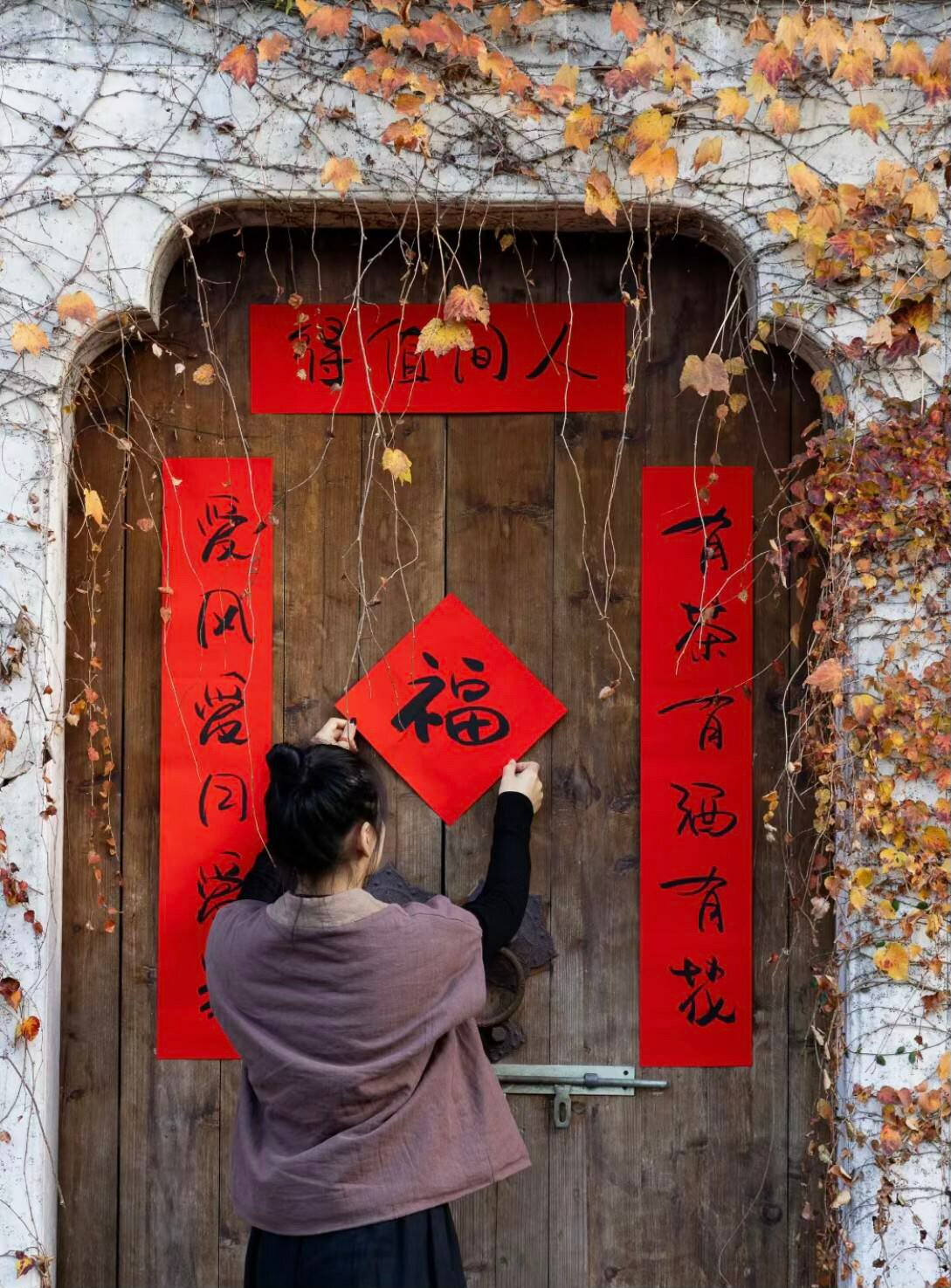Island Park resident Dawn Yang to host calligraphy workshop
Patrons of the Island Park Library will soon have the opportunity to go on a spiritual journey through the art of Chinesecalligraphy. Dawn Yang, 50, has made Chinese calligraphy a part of her daily life and has been practicing the art of calligraphy for 12 years.
Currently a resident of Island Park, Yang grew up in Hebei Province in China in a small village. Although she grew up poor, the family’s fortunes increased when Yang was a teenager and her father, Yang Youshan, became the owner of three iron ore mines. Because of the profitability of her father’s mines, Yang, whose Chinese name is Yang Xuhua, was able to attend university in Beijing, majoring in international accounting. Having grown up with no TV, this opened up her world to a host of new experiences and changed her life. Her brother, Yang Xuzhao, and twin sisters, Yang Xuxuan and Yang Xuyan, also attended university in Beijing.
Yang’s father was well known for his proficiency with calligraphy. Although it started out as a hobby for him, Yang remembers him practicing every night. For Chinese New Year, residents of the town would come to him to write messages for them on red paper, called “chun lian.” It is a tradition on Chinese New Year to hang rhyming messages of good luck and prosperity on either side of a home’s doorway, with each banner containing the same number of words. Yang estimates that at least 100 people would ask for this service every year, for which her father took no money.
Yang became the general manager of a petrochemical engineering company in Beijing. She met her husband, Frederick Brenner, who grew up in Island Park, when he was in China working for Lockheed Martin. Although they lived in China, they would visit Long Island every summer. Their son Daniel, now 17, was born in China, and the family moved to Island Park in 2018.
Yang says her father, who passed away in 1999, planted the seeds for her affinity for calligraphy when she was a very young girl, but it was not until 12 years ago that she became more serious about it. She found Lin Xi, an excellent teacher in China, and went for lessons every week. Chinese calligraphy is done with a soft brush and ink on red paper (chun lian) or rice paper, called dui lian. Yang brought her own brush from China and said it’s difficult to get brushes or paper of the right quality in America.
Yang was making plans with the library to have some calligraphy workshops, but the plans went off track due to the pandemic. Last June she gave a lecture at the library on Chinese calligraphy and painting, and on Jan. 18 she will, at long last, give the first session of her calligraphy workshop. The purpose of the workshop is not to learn Chinese, but to learn calligraphy and how it can help one on an inward-seeking journey. Similar to Tai Chi, in which slow, fluid movements help to focus the mind, the quality of the strokes of the brush in calligraphy helps to focus the mind.
Yang emphasized that there are no shortcuts in this practice. For this reason, she hopes to schedule more workshops in the future because calligraphy is something that takes practice. In her workshop, she seeks to build a strong foundation by teaching basic strokes, and then move to the next level by learning a bit of the history of Chinese calligraphy. She will also delve into Asian practical philosophy to understand the meaning behind the practice of calligraphy.
She hopes participants will learn how to appreciate the most abstract beauty, to notice details in the world around them and the beauty in everyday life.
“Calligraphy is important to Chinese culture,” Yang said. “The philosophy behind calligraphy is that if you can manage your brush, you can manage your life. Doing calligraphy becomes a kind of meditation and helps the calligrapher to find harmony between her heart and the soft brush.”
Yang’s husband died two years ago and she said calligraphy has helped her handle her life emotionally and financially while eliminating the noise of the world, giving her a sense of peace and inner strength.
“Calligraphy, in general, the practice is a very slow motion in the beginning,” Yang said. “For me, I started to practice seriously when I was extremely busy at work.”
Yang likens the practice to a journey up a mountain. Only when you get to the top can you see and understand the whole vista below you. She speaks passionately about the ties between calligraphy and a state of emotional well being.
“During the practicing process, you will see how your heart stays together with your brush, your body, and eventually helps you to reach the moment when you feel so comfortable to be with yourself,” she said. “You’ll see how it affects your relationship with other people. From the inside to the outside, calligraphy changes you. I hope people discover a new way to explore the world.”











